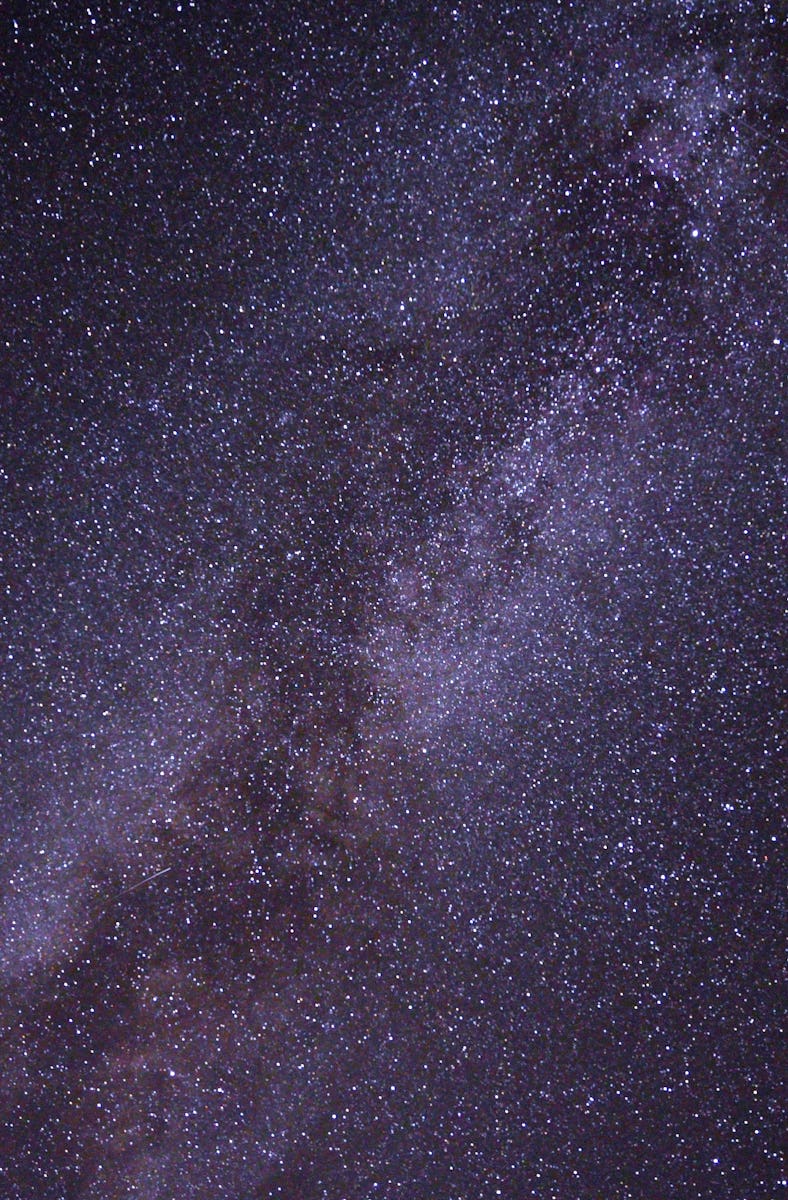What Created The Milky Way’s Mysterious Bar? A Galactic Collision, Maybe
Some astronomers already suspect that the bar formed around the same time as a massive collision.

Sometime between 8 and 11 billion years ago, the Milky Way crashed into a dwarf galaxy that astronomers call the Gaia Sausage. You will not see the Gaia Sausage today. As far as astronomers know, its remnants largely take the form of a handful of globular clusters — clumps of old stars floating in the Milky Way’s outskirts.
Now, some researchers think the collision may have left another mark on the Milky Way: giving our galaxy the bar that cuts across its center.
Some astronomers already suspect that the bar formed around the same time as the collision. Now, in a new preprint, which has not yet been published in a peer-reviewed journal, astronomers looking at the results of simulations found that without the collision, the Milky Way and its bar did not look like what astronomers see today.
“In this simulation, it did need that one significant merger to align with all the material it was going to create later and keep building up the disc,” said Alex Cooke, a graduate student at Liverpool John Moores University and the lead author of the study.
Astronomers do not entirely agree when, precisely, the Milky Way’s bar formed. Some research suggests the bar is relatively young, a creation of the last 1 to 3 billion years. But other work hints that the bar is much older: around 7 or 8 billion years old.
If that older timespan is correct, then the Milky Way’s bar formed around the same time as the Gaia Sausage collision. “It’s an odd coincidence that two very major events in the Milky Way’s history will have happened at such similar times,” Cooke says.
We know that galaxies crash into each other all the time. (In fact, astronomers believe the Milky Way will merge with nearby Andromeda in around 4.5 billion years’ time.) But the process is incredibly slow — a single collision can take hundreds of millions of years — so slow that astronomers have seen few collisions out in the cosmos.
Instead, they rely on computer simulations. For example, astronomers conducted a suite of 30 simulations of a Milky-Way-like galaxy under different conditions. Marrow and colleagues noticed that one of those simulations — a Milky-Way-like galaxy colliding with a Gaia-Sausage-like dwarf galaxy — formed a bar.
So, they decided to rerun that particular simulation without the collision. “The end result looked nothing like the Milky Way in a lot of respects,” says Cooke.
In particular, the flat disc did not expand to the size that we see in the Milky Way today. And while the resultant galaxy did form a bar, the bar did not form for another 2 billion years.
Assuming that the bar is as old as the collision, the simulation suggested that the Gaia Sausage collision was a necessary condition for the Milky Way’s bar to form in the way that astronomers have observed.
Now, Cooke and colleagues want to use other simulations to better understand how bars form in the first place — what conditions cause bars to rotate in what manner.